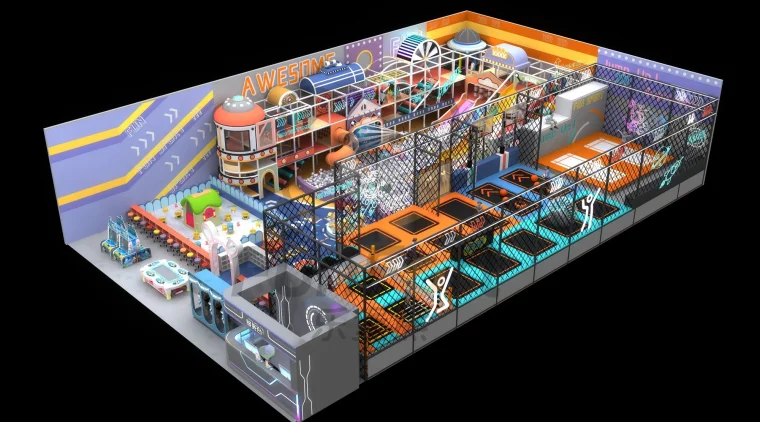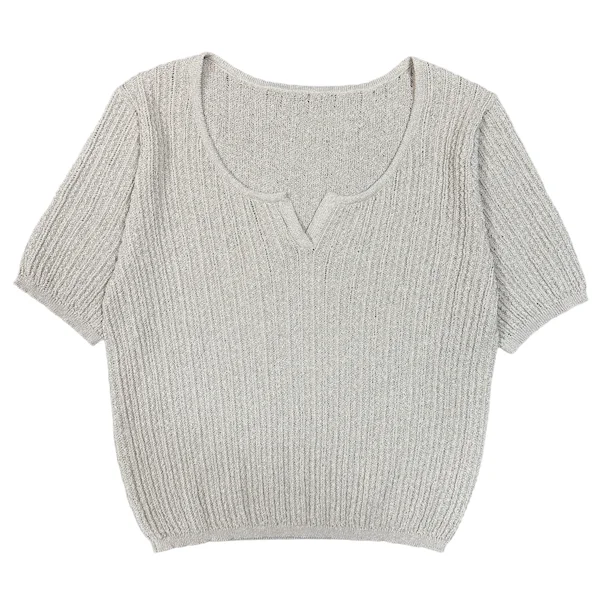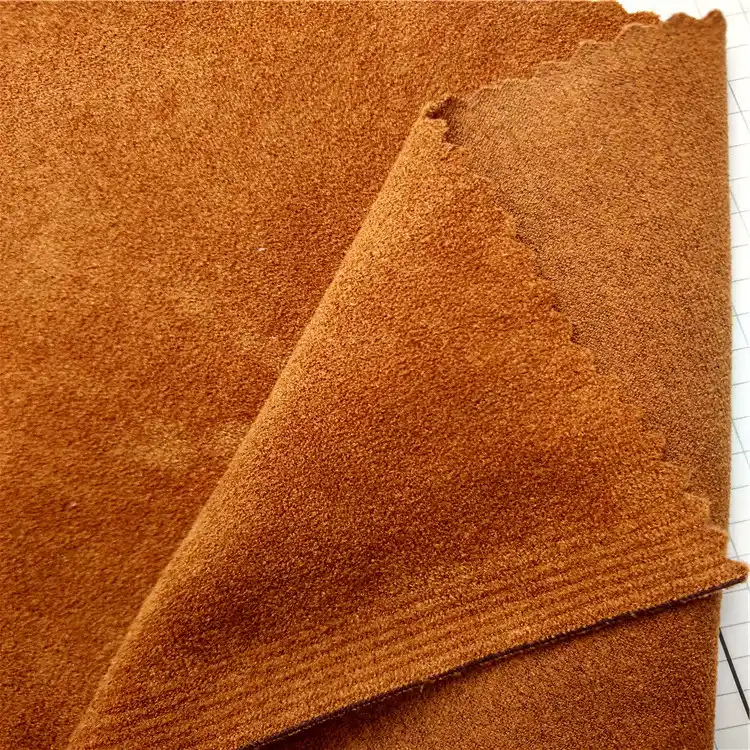In an era where environmental consciousness is at the forefront of consumer choices, the textile industry is undergoing a significant transformation. As we grapple with the consequences of fast fashion and synthetic materials, the quest for biodegradable fabrics has gained momentum. This article delves into the world of biodegradable fabrics, exploring their types, benefits, and the role they play in promoting sustainability.
Understanding Biodegradable Fabrics
Biodegradable fabrics are materials that can decompose naturally through the action of living organisms, such as bacteria and fungi, over a relatively short period. Unlike conventional fabrics, which can take hundreds of years to break down, biodegradable options offer a more sustainable alternative, reducing landfill waste and environmental pollution.
Types of Biodegradable Fabrics
- Natural Fibers:
- Cotton: One of the most widely used natural fibers, organic cotton is cultivated without synthetic pesticides or fertilizers, making it a more sustainable choice. When disposed of, it decomposes within a few months, returning nutrients to the soil.
- Linen: Made from the flax plant, linen is not only biodegradable but also requires less water and fewer chemicals to produce compared to cotton. Its durability and breathability make it a popular choice for sustainable fashion.
- Hemp: Known for its strength and versatility, hemp is a fast-growing plant that requires minimal resources. Hemp fabrics decompose quickly and enrich the soil as they break down.
- Regenerated Fibers:
- Tencel (Lyocell): Derived from sustainably sourced wood pulp, Tencel is produced in a closed-loop process that recycles water and solvents. This fiber is biodegradable and offers a soft, luxurious feel, making it a favorite in eco-friendly clothing lines.
- Modal: Similar to Tencel, modal is made from beech tree pulp and is known for its softness and moisture-wicking properties. It is biodegradable and often blended with other fibers to enhance fabric performance.
- Innovative Biodegradable Fabrics:
- Mycelium Leather: This innovative material is created from the root structure of mushrooms. Mycelium leather is not only biodegradable but also offers a sustainable alternative to traditional leather, reducing the environmental impact of animal farming.
- Piñatex: Made from pineapple leaf fibers, Piñatex is a sustainable alternative to leather that is both biodegradable and cruelty-free. This fabric utilizes agricultural waste, providing an additional income source for farmers.
Benefits of Biodegradable Fabrics
- Environmental Impact: The most significant advantage of biodegradable fabrics is their reduced environmental footprint. By decomposing naturally, these materials help mitigate the accumulation of textile waste in landfills, which is a growing concern globally.
- Soil Enrichment: As biodegradable fabrics break down, they return essential nutrients to the soil, promoting healthier ecosystems. This process contrasts sharply with synthetic fabrics, which can leach harmful chemicals into the environment.
- Consumer Demand: With increasing awareness of sustainability, consumers are actively seeking eco-friendly options. Brands that incorporate biodegradable fabrics into their collections can attract environmentally conscious customers, enhancing their market appeal.
- Innovation and Economic Opportunities: The rise of biodegradable fabrics has spurred innovation within the textile industry, leading to the development of new materials and production methods. This shift not only benefits the environment but also creates economic opportunities in sustainable fashion.
Challenges and Considerations
While the benefits of biodegradable fabrics are clear, there are challenges to consider. The production of natural fibers can be resource-intensive, and not all biodegradable fabrics are created equal. For instance, some may require specific conditions to decompose effectively, while others may still involve harmful chemicals during processing.
Moreover, consumer education is crucial. Many individuals may not understand the difference between biodegradable and non-biodegradable fabrics, leading to misconceptions about sustainability. Brands must prioritize transparency and provide clear information about their materials and production processes.
Conclusion
As we move towards a more sustainable future, biodegradable fabrics represent a promising solution to the environmental challenges posed by the textile industry. By understanding the various types of biodegradable materials and their benefits, consumers can make informed choices that align with their values. The shift towards biodegradable fabrics not only supports sustainable living but also fosters innovation and economic growth within the fashion industry. Embracing these materials is a step towards a greener planet, where fashion and sustainability coexist harmoniously.



